In a move that’s been long-awaited by consumers and repair advocates alike, Apple has lifted the curtain on a significant shift in its design philosophy. The iPhone 16 series, the tech giant’s latest flagship lineup, boasts a revamped internal architecture that prioritizes repairability. This landmark change, coupled with a strategic partnership with iFixit, signals a potential turning point in Apple’s approach to device longevity and sustainability.
The Winds of Change: Why Apple Embraces Repairability
The growing global momentum behind the Right to Repair movement has put considerable pressure on manufacturers to rethink their design practices. Apple’s decision to make the iPhone 16 series easier to repair is likely a multifaceted response to this evolving landscape:
- Regulatory Landscape: The specter of Right to Repair legislation looms large in several regions, compelling Apple to proactively address repairability concerns.
- Consumer Sentiment: A rising chorus of consumers is demanding devices that are built to last and easy to fix, contributing to a circular economy.
- Environmental Imperative: The production of electronics exacts a heavy toll on the environment. Longer-lasting, repairable devices are key to mitigating e-waste.
A Closer Look: The iPhone 16’s Repairability Features
The iPhone 16 series is a testament to Apple’s newfound commitment to repairability. Key design changes include:
- Streamlined Internals: The internal layout has been meticulously re-engineered to facilitate access to critical components like the battery, display, and cameras.
- Modular Architecture: Key parts are now modular, enabling swift and straightforward replacements without requiring extensive disassembly.
- Standardized Fasteners: Apple has embraced the use of more standard screws, minimizing the need for specialized tools and expertise.
- iFixit Collaboration: Apple has joined forces with iFixit, a leading online repair community, to provide comprehensive repair guides and genuine parts to consumers and independent repair shops.
Empowering Consumers: The Benefits of Repairability
The enhanced repairability of the iPhone 16 series unlocks a host of advantages for consumers:
- Cost Savings: Easier repairs translate to lower repair costs, whether you opt for Apple’s official services or a third-party repair shop.
- Extended Lifespan: By making repairs more accessible, Apple is encouraging users to hold onto their iPhones for longer, reducing the environmental burden of e-waste.
- Enhanced Control: Consumers now enjoy greater autonomy over their devices, with more options for repairs and upgrades.
Navigating the Nuances: The Fine Print
While the repairability improvements are substantial, there are still a few nuances to consider:
- Software Locks: Certain repairs may still necessitate software authorization from Apple, potentially limiting the scope of third-party repairs.
- Part Availability: The availability of genuine parts and repair guides may vary across different regions.
- Technical Expertise: While repairs are simplified, some fixes may still demand a certain level of technical proficiency.
Personal Perspective: A Cautiously Optimistic Outlook
As a long-time observer of Apple’s design evolution, I’m cautiously optimistic about the iPhone 16’s repairability enhancements. It’s a promising stride towards a more sustainable and consumer-centric approach. However, the true litmus test will be in the long-term execution and whether Apple continues to expand its repairability initiatives across its product ecosystem.
Charting the Course: The Future of Repairable Tech
Apple’s foray into repairable iPhones is a watershed moment in the tech industry. It heralds a potential paradigm shift towards devices that are designed to last and easy to fix. While there’s still room for further progress, the iPhone 16 series represents a beacon of hope, potentially inspiring other manufacturers to embrace repairability as a core design principle.
Beyond the iPhone 16: A Broader Impact
The implications of Apple’s repairability push extend beyond the iPhone 16 series. It sets a precedent for the entire tech industry, demonstrating that repairability can coexist with innovation and premium design. It also empowers consumers to make more informed choices, favoring devices that are built to last and easy to fix.
The Ripple Effect: A Greener Future
By prioritizing repairability, Apple is contributing to a more sustainable future. Longer-lasting devices mean less e-waste, reducing the environmental impact of electronics production. This move aligns with the growing global awareness of the need for responsible consumption and production.

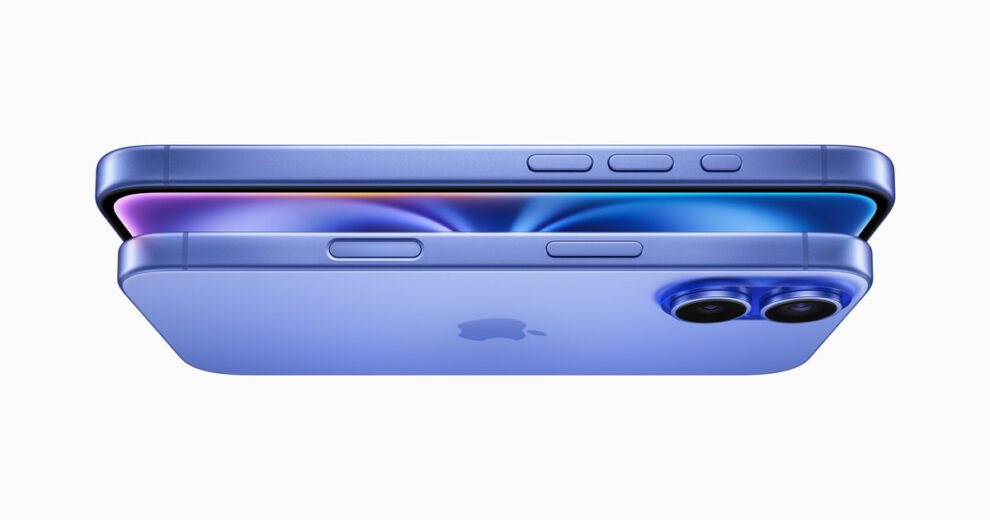
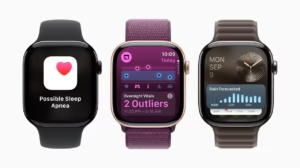

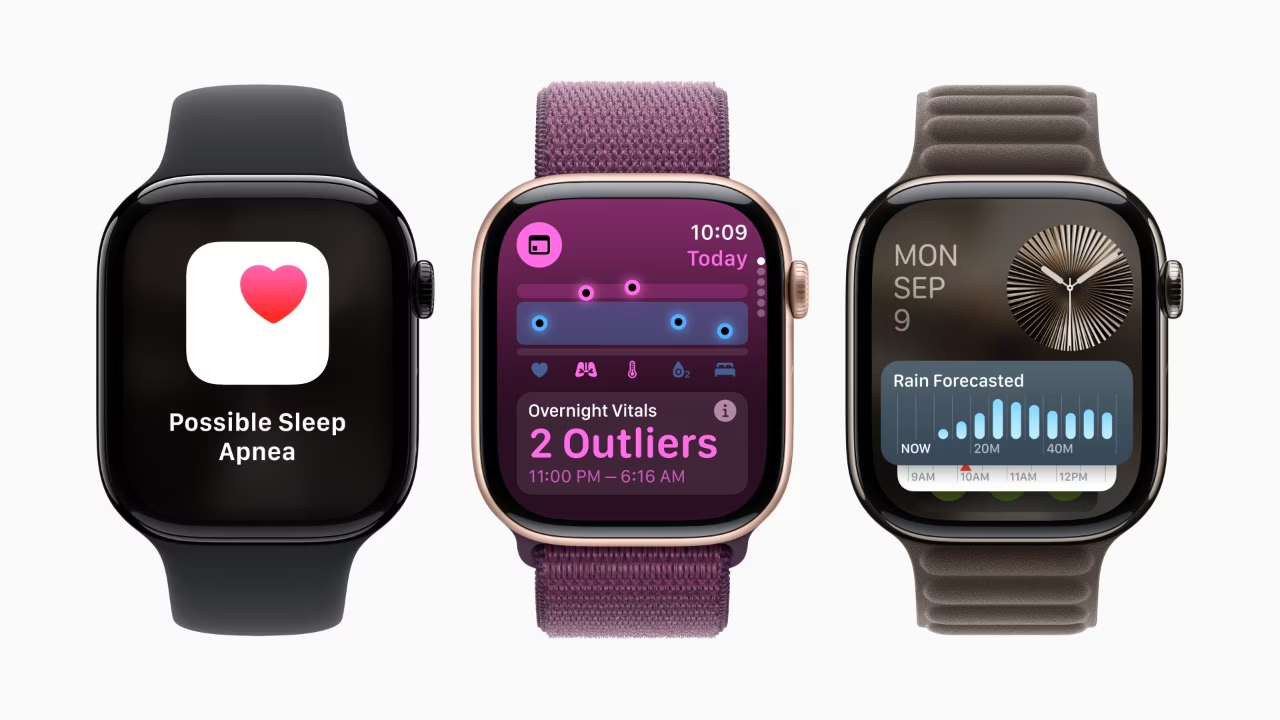


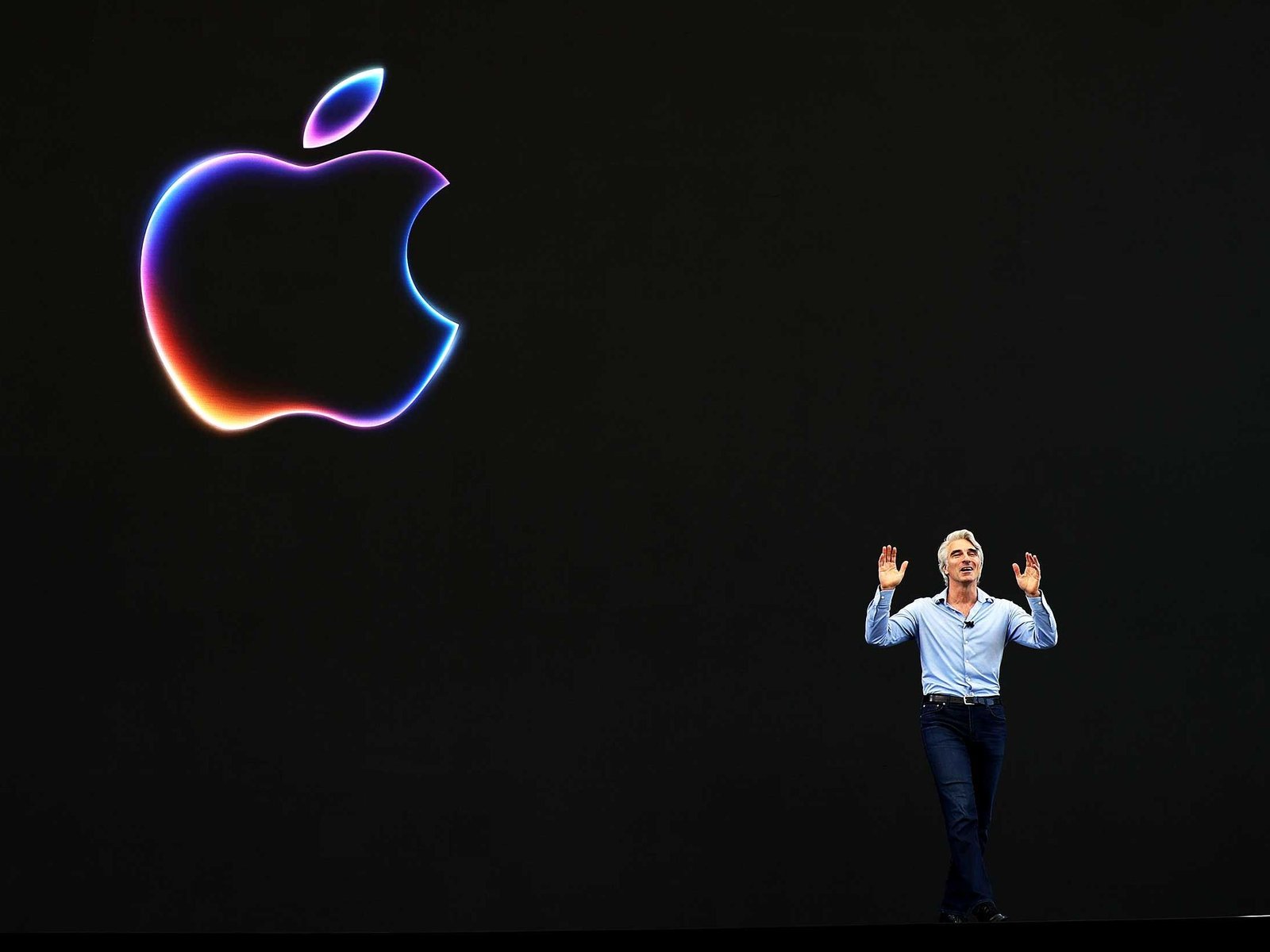
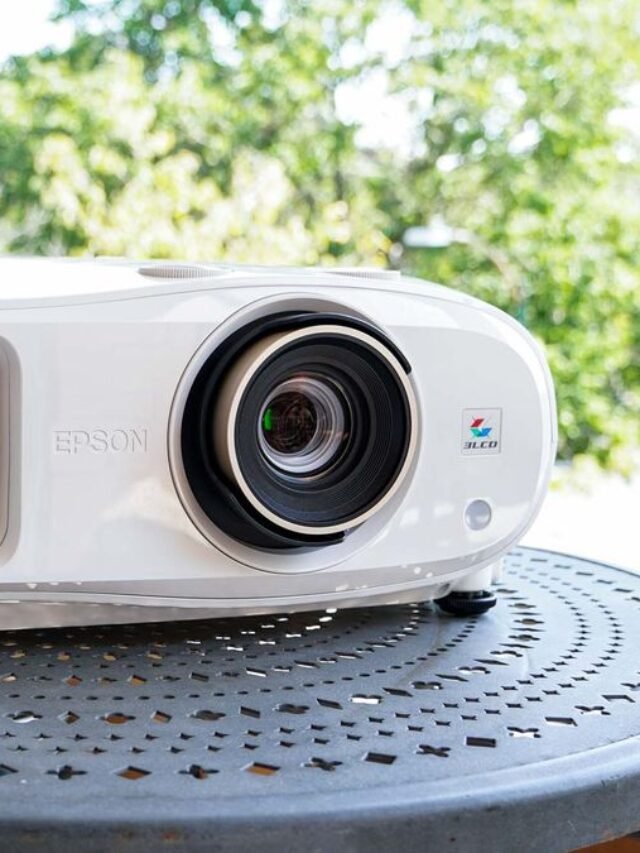
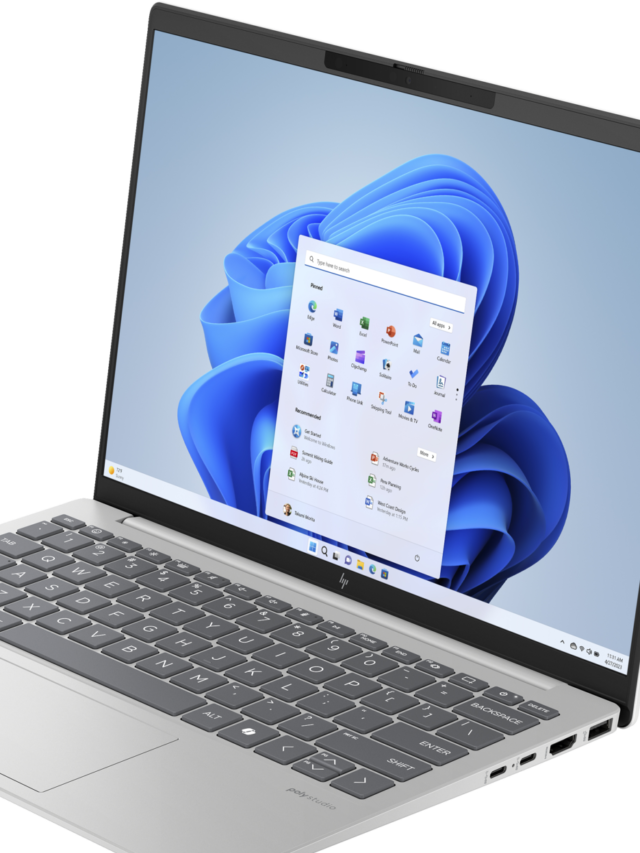
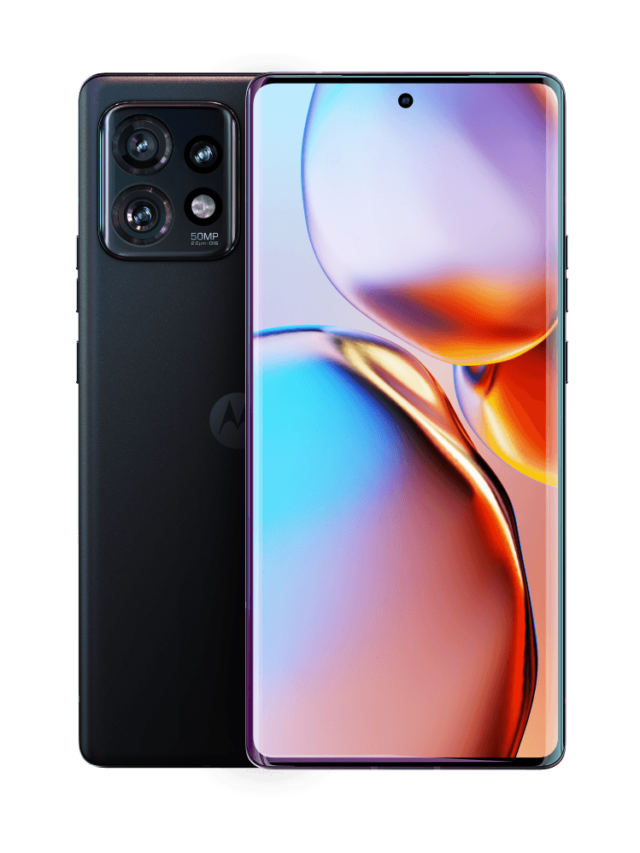



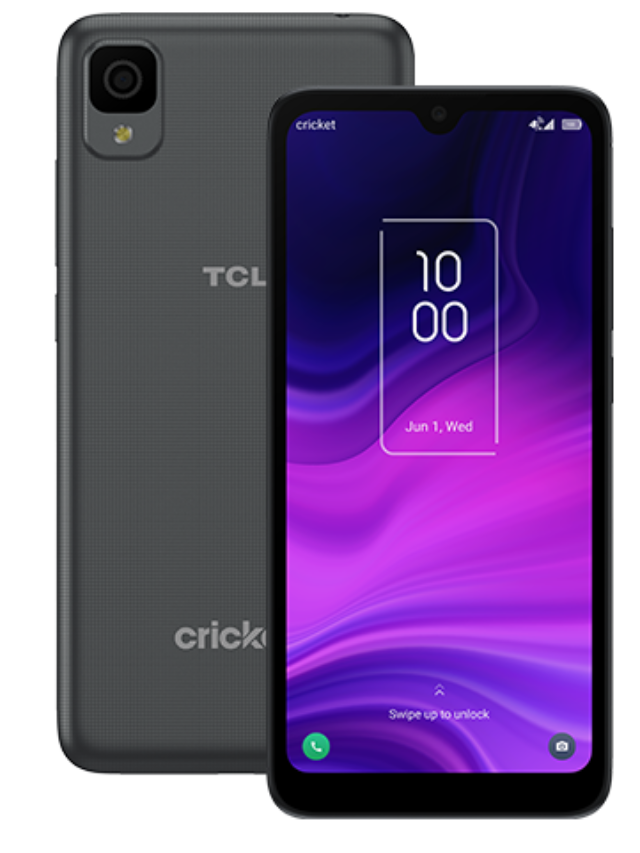

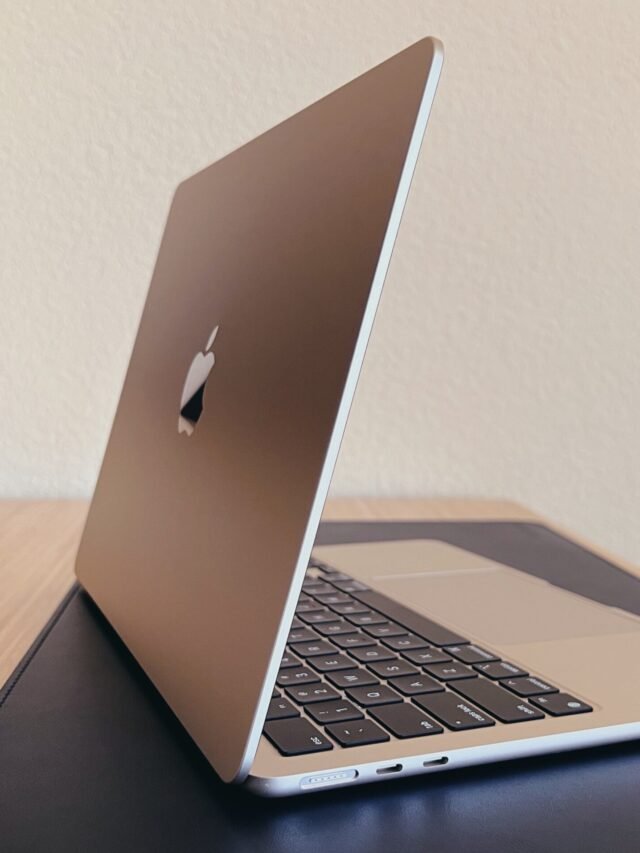
Add Comment